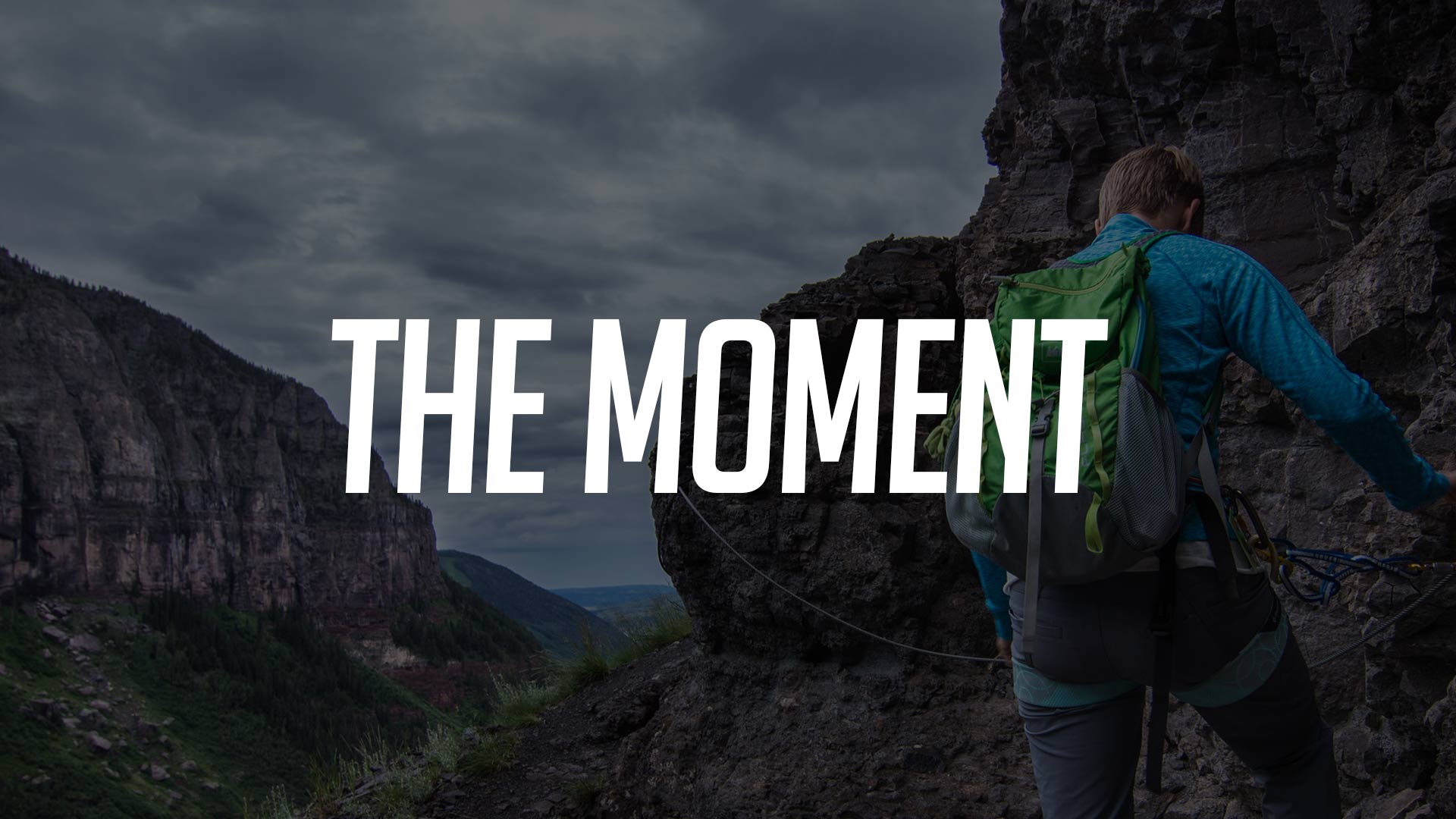
The Moment
As you may notice, throughout the article I’ve capitalized the T and M of ‘The Moment’. That is how sacred this topic is to me. I talk a lot about creating ‘The Moment’. It’s a hard thing to define. But try and think back about past video pieces or movies you’ve seen…
The Moment
Do you remember a time when the hair on the back of your neck raises at the climax of a movie? When you get the goosebumps? Or, after watching a video you feel different? Weird even? You want to cry? Or take action? If you can remember these feelings, then sure enough, that’s a Moment. And this Moment, probably felt pretty natural in the flow of the story, right? That’s what makes it a Moment.
However, that is the hard part – crafting that Moment. It’s a mixture of planning, shooting, and editing. But, what it can’t be, is fake.
These Moments need to feel organic in the piece, they feel natural and maybe unexpected. That is the work of good storytelling. It’s a culmination of everything you’ve seen, and that Moment is when the storyteller goes in for the kill. This is what captures your audience. It makes them buyers, donors, followers, and believers.
The Moment in the outdoors
Think about part ROVE’s mission statement:
… it is our duty to make others experience things that they themselves may not have experienced on their own.
That experience is The Moment. Think about that. We need to be able to make something that everyone can feel.
The Moment that we show can’t be fake. It has to be a representation of the way we feel. We have to take these experiences, these feelings, these goals, aspirations, dreams, drive – and make people feel and understand the way we did. And how that applies to a company or brand is making the consumer go on a journey in understanding what your brand is or what your brand stands for.
So how do I make this Moment?
One of the most common things I find myself saying is “let the story tell itself”. You may have even heard other people say this. This is a very important thing to always remember. However, to make the story work, there are a few things excluded from that true and simple statement.
“Let the story tell itself”
For those who have never heard this term, it’s pretty simple to explain. It’s alluding to the notion that you need to tell whatever story you are telling with authenticity. Do not make something out of nothing. Don’t create reality TV out of real life drama. Don’t make a sunny day a rainy day. If you tell a story with authenticity, it will strike the audience truer. Otherwise, it will feel contrived.
This is the hard part that needs to remain invisible. Going back to the mission statement – how do you make something (potentially) normal, or simple – strike the masses? How do you craft that Moment when there may not be an obvious way to show people? Oddly enough, it is at this point, whereas an artist, you need to be able to find the stories. And often, it’s on the fly.
Planning for something unexpected
A bit of a oxymoron, huh?
When you’re making video, you always have to go in with a plan or a direction. There is no way around it. Otherwise, you’re not going to be able to focus your energy and creativity. Unfortunately, this is often where people stop. They make their video like a feature film – write the script, follow the script, edit the video as it is written in the script, send to client. The inflexibility of this approach is what is going to leave creativity (in turn, a better product) on the cutting room floor. Use your initial script as a jumping off point. But, at any time, be ready for a new direction.
Look down the road less traveled
I’ve interviewed a lot of people. And there are a few things I always remind myself of before speaking with someone:
- Ask more questions than you intended.
- Ask them to tell you more.
- LISTEN to the person you are interviewing.
- In listening, is there maybe something that is going unsaid?
Often times the story that you’re expecting, is less interesting than the story you uncover.
This is something most journalists can relate to. You have to search for these story lines and these emotions. They aren’t always presented to you. As a storyteller, you have to be open to this. These unique, under-the-surface chunks of the story are what will be most impactful.
How does this relate to The Moment?
It’s simple. These stories you uncover, will end up being the most authentic, and in turn, the most impactful. They will be your Moment.
In conclusion…
A few KEY take away points:
- Make those moments count. You can’t redo them. Remember, to create these feelings and Moments, you have to lead someone down a path. You can’t make the audience feel if they don’t have the emotional foundation.
- Even if viewers don’t call out “I don’t believe that!” the way they feel after, is going to be proof. You need your viewers to be compelled to take action after watching video. Action could be in the form of donating to your cause or buying your product. Either way – compel them.
- Start with a plan, but deviate if need be.
- Know what you’re going to shoot, know the subject, know the brand, understand people’s motivations and feelings, and you will be able to present them to others.
…
This article is all conceptual. I understand. One might even argue that you can put too much thought into creating a ‘simple’ video. But if you want a video to be ‘simple’, you are not prioritizing your viewers, followers, and believers.